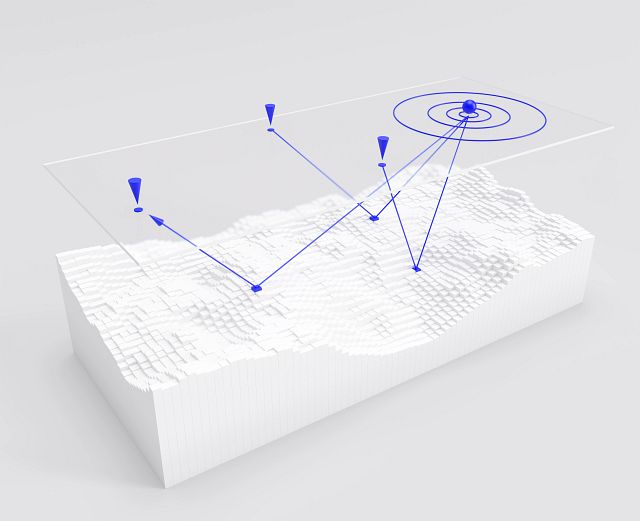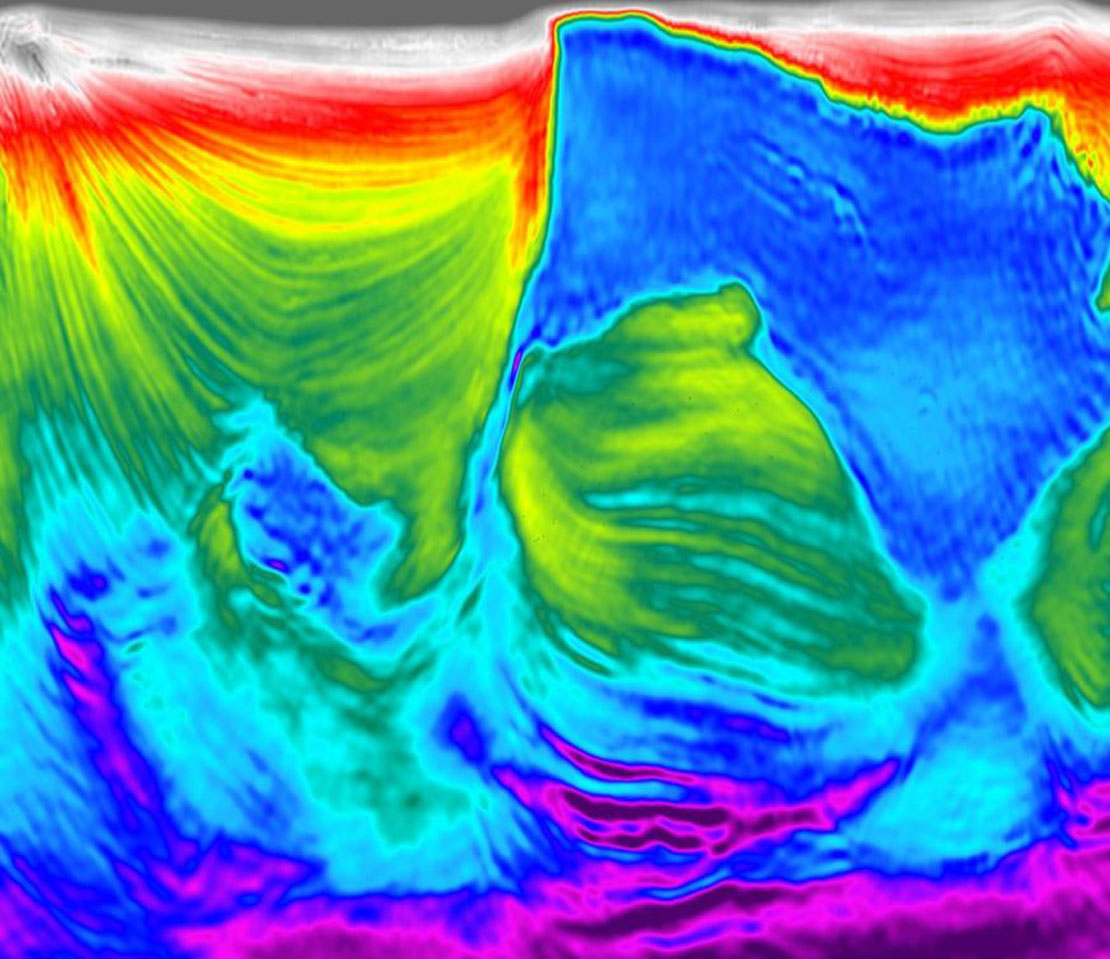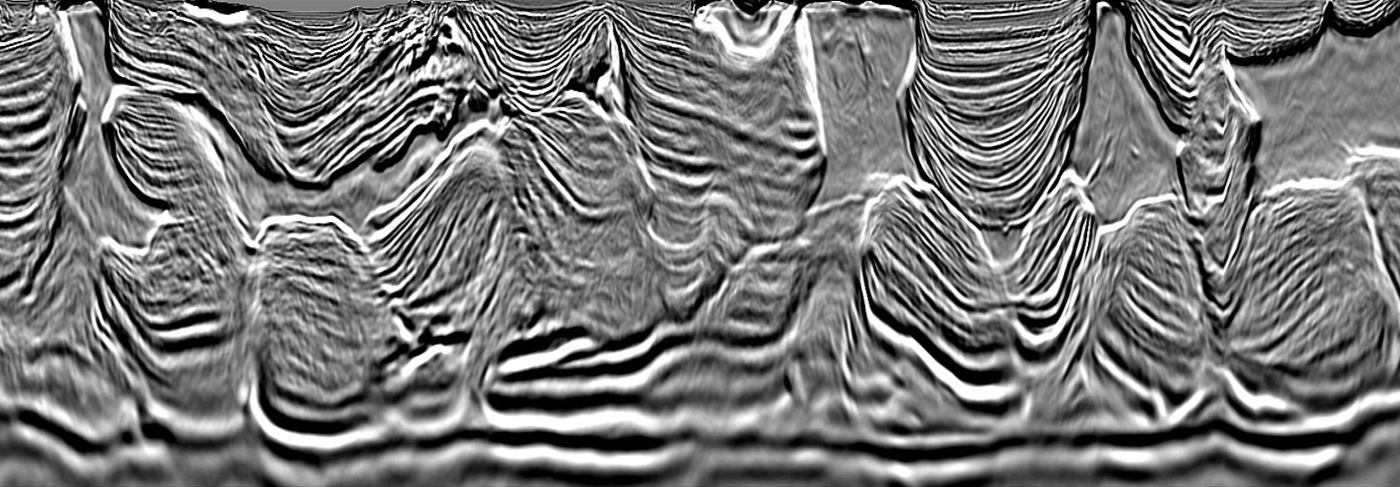Egyptian Red Sea
Opening a new exploration frontier
Unlocking new opportunities across highly prospective frontier basins.


With full-waveform inversion (FWI) solutions for every exploration, appraisal, or production environment, we can create highly detailed velocity models that honor the geologic structures in your reservoir. Not only do our FWI algorithms work with all acquisition geometries, but they also complement the low frequencies inherent to broadband seismic data. The result is a high-fidelity image that enables you to achieve a wide range of subsurface objectives across the E&P life cycle.

Elastic full-waveform inversion (EFWI) takes into account both the compressional (P-wave) and shear (S-wave) components of the seismic wavefield during seismic wave propagation simulation, which leads to more accurate and detailed estimation of the subsurface velocity models.
Elastic full-waveform inversion (EFWI) is particularly useful for velocity model building in complex geological settings where there are large velocity contrasts, such as around salt or subsalt formations. In these environments, traditional inversion techniques that rely solely on the acoustic wave equation can struggle to accurately image the subsurface, as they cannot account for the shear (S-wave) component of the seismic wavefield.

FWI is a robust algorithm that can produce a high-resolution velocity model update when using the higher bandwidths in the input data. A pseudo-reflectivity volume (FDR/FWI imaging) could be directly derived from the FWI velocity field by computing the impedance contrast normal to a structure interface, which can be accurately obtained by considering the structural tensor computed from the FWI update velocity model. Compared with a conventional migrated image, FWI-derived reflectivity can improve the imaging of steeply dipping reflectors.
